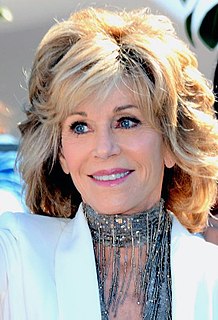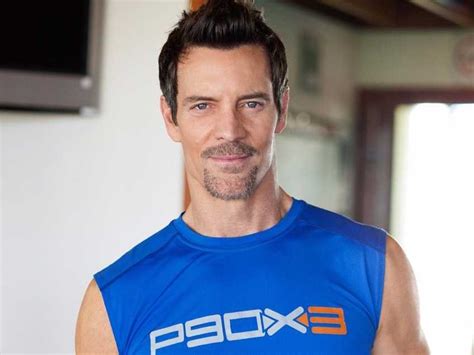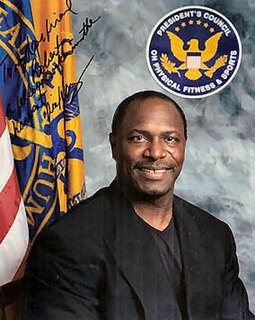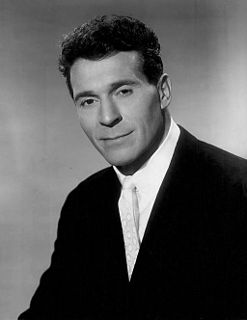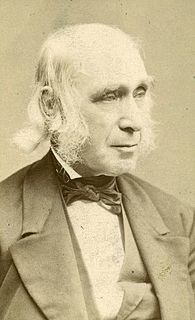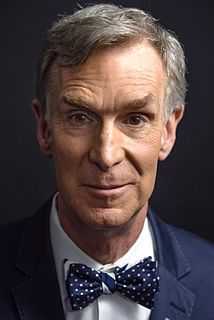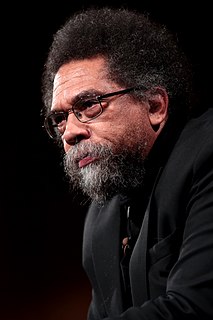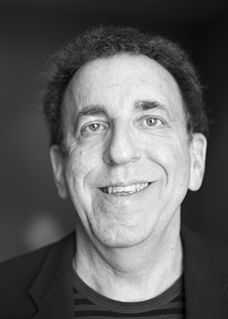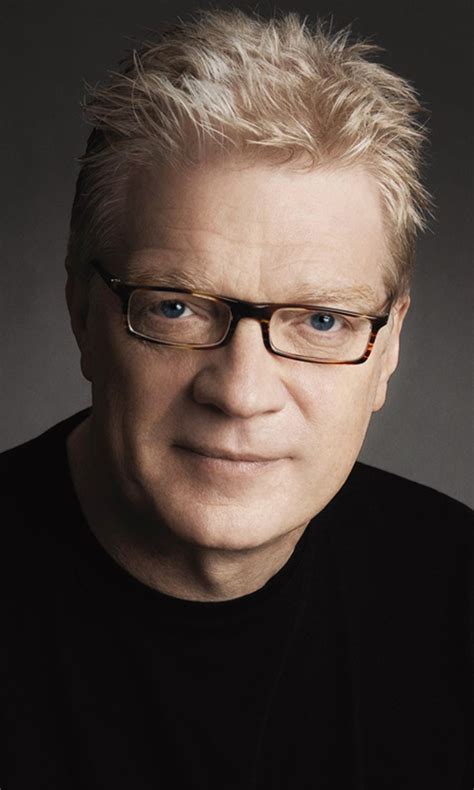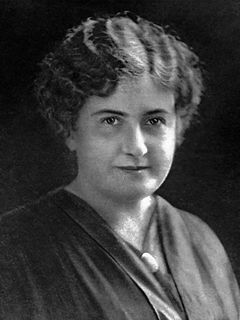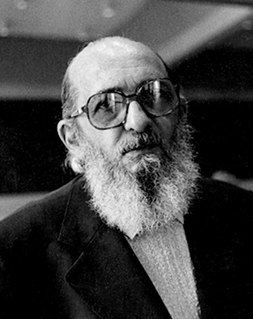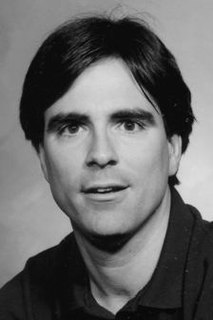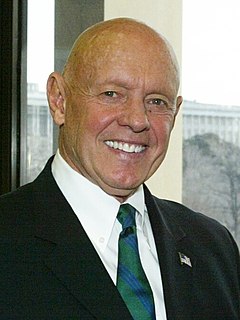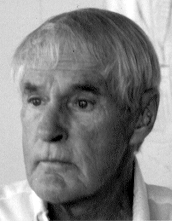A Quote by Michael Pollan
Eat foods made from ingredients that you can picture in their raw state or growing in nature.
Related Quotes
The ideal human diet looks like this: Consume plant-based foods in forms as close to their natural state as possible (“whole” foods). Eat a variety of vegetables, fruits, raw nuts and seeds, beans and legumes, and whole grains. Avoid heavily processed foods and animal products. Stay away from added salt, oil, and sugar. Aim to get 80 percent of your calories from carbohydrates, 10 percent from fat, and 10 percent from protein.
Seven Guidelines For a Healthy Diet
1. Substitute low-fat foods for high-fat foods
2. Cut down on meat-eat low on the food chain
3. Avoid salty and sugary foods
4. Cut down on sugar
5. Emphasize whole grains
6. Beware of alcohol
7. Emphasize the Healthy Five:
Raw unsalted nuts and sesame seeds
Sprouted seeds such as soybeans
Fresh raw wheat bran and wheat germ
Yogurt and kefir
Fresh fruits and vegetables
Economic theorists, like French chefs in regard to food, have developed stylized models whose ingredients are limited by some unwritten rules. Just as traditional French cooking does not use seaweed or raw fish, so neoclassical models do not make assumptions derived from psychology, anthropology, or sociology. I disagree with any rules that limit the nature of the ingredients in economic models.




